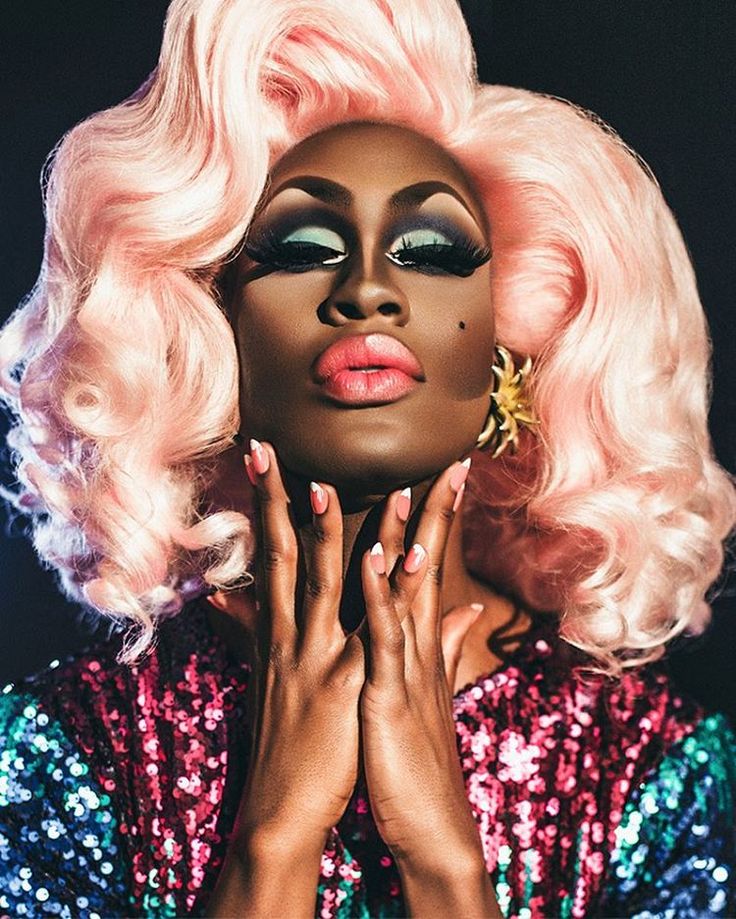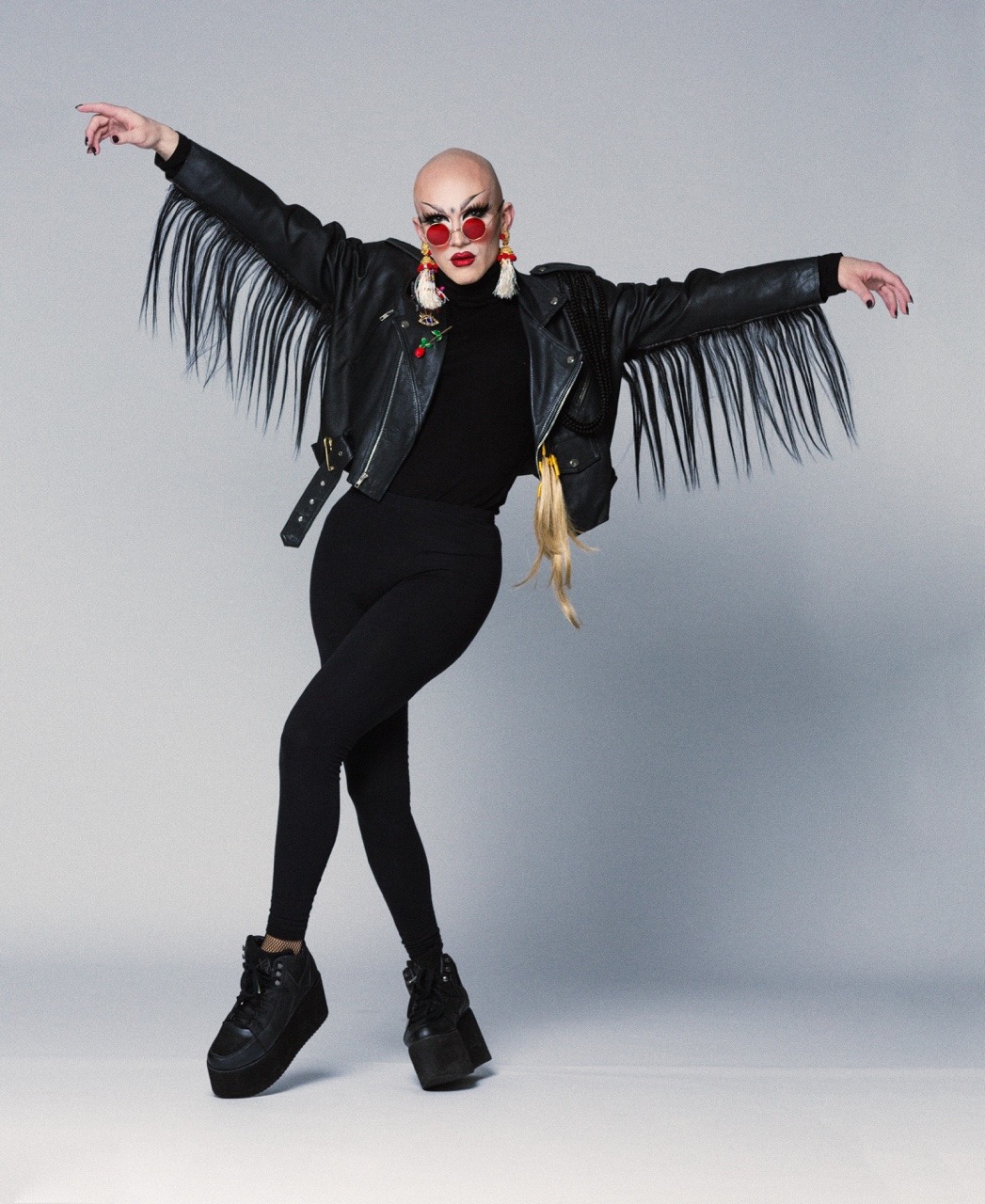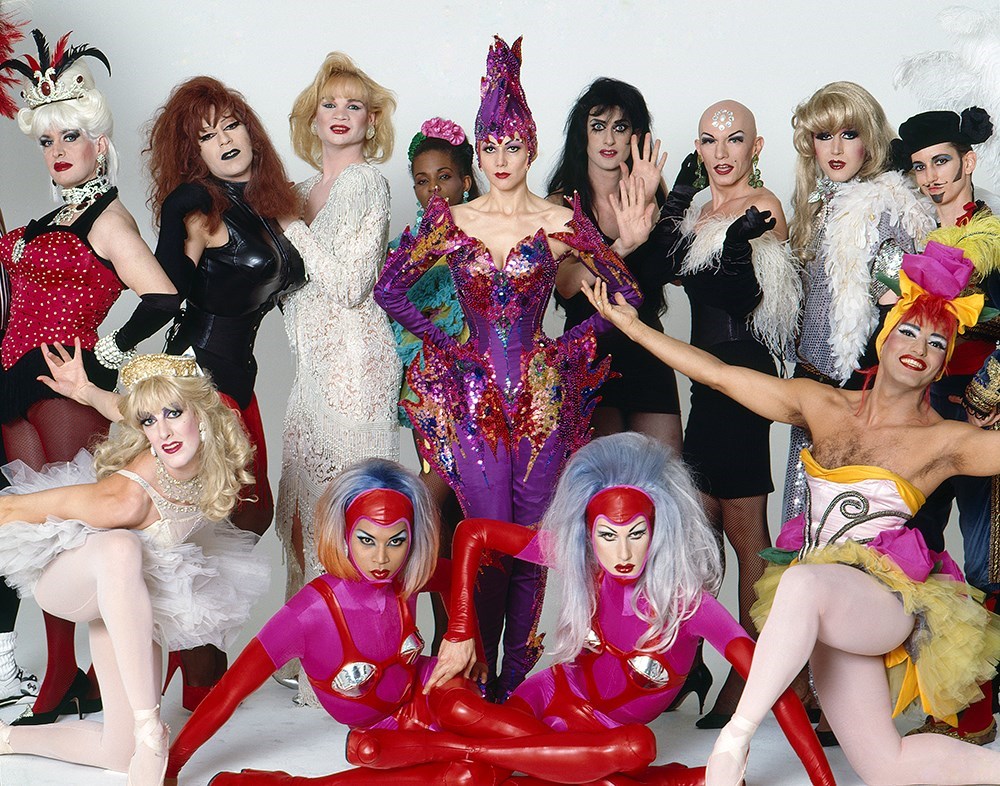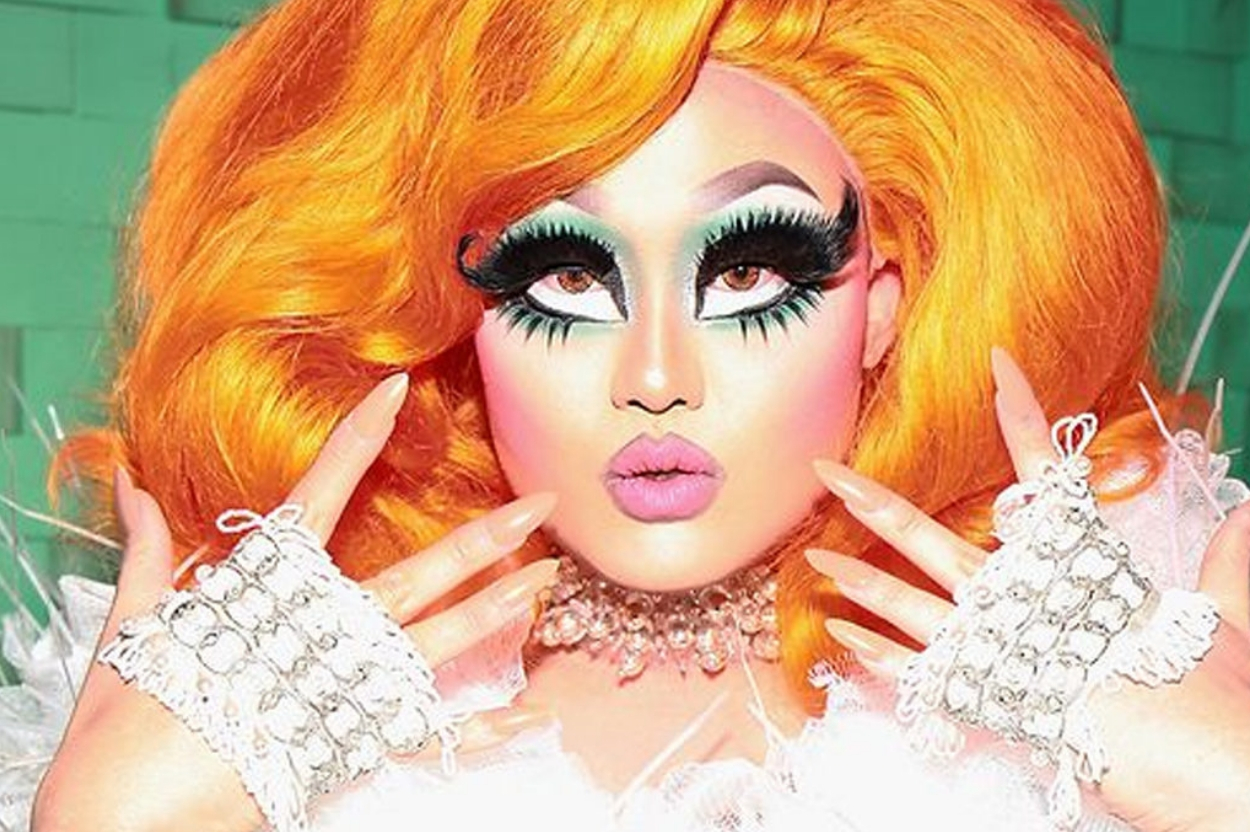Drag 101
Movies like Priscilla Queen of the Dessert sparked my interest in drag as a child, the idea of playing around with gender was always fascinating to me. When I first caught wind of RuPaul’s Drag Race many years later, the fascination grew. These people were incredible! Not only had they mastered make-up artistry, costume design and comedy, they could, dance, act and flawlessly (in some cases). It made me realise just how much creativity, effort and talent is required to be a great drag performer.
I’m sure everyone’s familiar with drag but just in case… Drag is when a person, usually male but not always, dresses in women’s clothing and portrays an exaggerated representation of femininity. This is usually for the purpose of entertainment, fashion, art or in some cases, the desire to make a political or cultural statement. Those who partake in drag are crossing gender boundaries set in place by dominant cisgender, heterosexual norms which I think makes drag a somewhat radical artistic practice.

While drag is most often associated with gay male culture, there are drag queens of all genders and sexualities. One of the best things about drag is that it’s inclusive of all ethnicities, religions, ages, sexualities and genders. Drag doesn’t discriminate. Rather, it celebrates difference. Even cisgender, hetero men can be drag performers.
One misconception about drag queens is that they’re trying to look like women when in reality, they’re trying to look like drag queens. The drag queen look is something unique to each person but tends to be modelled on previous generations of drag queen stylisation. From Divine to David Bowie, there have been tonnes of takes on the drag aesthetic. Although several genres and categories of drag have emerged over the years, one common theme has remained in the drag world; female attributes and characteristics (both physical and otherwise) are generally exaggerated to extreme lengths like say, incredibly over the top make-up and unbelievably extravagant costumes. Those who are trying their best to recreate a real female (or fish) look, are referred to as female impersonators. This caused a disagreement between Raja and Tatiana, two contestants on RuPaul’s Drag Race when Raja expressed his feelings that Tatiana wasn’t a drag queen at all rather a female impersonator but I’m going to resist getting into RuPaul-itics right now.

A Brief History of Drag in Culture
Although older forms of drag are much different to what we know today, I’m going to tell you a little about its cultural roots. The art of drag dates back to theatre practices which took place across the globe from the 17th Century onward. Take Japanese kabuki theatre, in kabuki, men often played women and vice versa. Wakashū kabuki was Kabuki featuring adolescent boys. These boys would play both female and male roles. Although this was happening around the 1600s, the subject matter of these plays often dealt with homosexual and erotic themes and many of the actors were prostitutes. Which eventually lead to legislation and government bodies interfering with the practice.
The theatre has always been a space through which artists could play around with gender roles. 1800s Europe saw drag used in pantomime. Simultaneously, many Shakespearian productions gave women roles like Hamlet while all-male casts would have young men playing Ophelia and Juliet. 1930s America saw cabarets and vaudeville shows include drag performers. The vaudeville shows which included minstrel performers playing “wenches” were extremely derogatory towards black people and women. This is however where strong associations between drag, comedy, dance and music began. In the mid-1900s, laws surrounding homosexuality affected drag performance and drag became an underground practice. Negative perceptions of homosexuality meant drag went from being an acceptable form of public entertainment to being thought of as a practice that encourages deviant behaviour. Drag performances moved to the privacy of LGBTQ friendly nightclubs., these clubs were places where the queer community could feel at home. This was common in areas such as San Fran’s Tenderloin and this is where the modern drag queen that we are familiar with today first emerged.
Ballroom and Club Kids: Drag in the 1980s
Much later in the early 1980s, we saw the emergence of the Ballroom Scene or Ball Culture. This was a queer subculture where participants would “walk” to win prizes and trophies. These people would dress up as particular genders or social classes and compete to see who could bring the most “realness”. This means having the most realistic performance for those of you unfamiliar with the lingo. Within this scene there were certain houses, each house acted as a kind of family, you may have heard of some of the better-known houses such as House of Xtravaganza. This where many of the drag-related slang we hear on shows like Drag Race originated.
An example of this family-like structure is apparent in the way in which drag queens often acquire their name from their “drag mother”. Drag mothers and drag daughters have a mentor/apprentice relationship. This was probably especially true in the days before the internet when the only way that you could learn, was to have someone in the know show you the ins and outs of the art. People’s motives for doing drag are all unique and personal. It might be a form of artistic expression, career reasons, a desire to entertain or a means of making a cultural statement. Drag transcends boundaries of class and of colour, there is not only a sense of community within drag culture but a sense of family, anyone who’s seen Paris is Burning, will know what I mean. Many of the people who appeared in the documentary had been excluded from their families because of their sexual orientation. But that didn’t mean that they were alone, they found family in others like them.

Following the Ballroom scene of the 1980s, the Club Kid scene emerged. This movement was led by Michael Alig and James St. James. (If you haven’t seen the movie Party Monster, then watch it because it’s REALLY GOOD!) The club kids were a bunch of ravers who dominated the NYC club scene in the late 1980s-early 1990s. They created flamboyant unique costumes which disregarded gender norms. Famously Amanda Lepore and RuPaul were part of this movement. The colorful and outrageous club kid scene inspired many of the more artistic and avant-garde drag looks we see today.
Modern Drag
Since the 1980s, drag has become even more acceptable. The last decade has brought new and interesting perspectives on gender and sexuality. Increased interest in drag shows is a testament to the growing acceptance of LGBTQ communities. One thing I find interesting is the recent debate surrounding the growing numbers of cis-female drag performers. (they’re sometimes referred to as a “faux-queen”). Some argue that women have no place in the world of drag. Other’s believe that excluding women goes against everything that drag stands for in the sense that it is a radical, gender non-conformist practice that aims to mess with all heteronormative expectations. One major aspect of drag is to fuck with normalcy, to gender bend and challenge these cisgender heterosexual societal norms. In Japan, for instance, it is common practice for women to perform in drag shows.
On a personal level, I feel like in a weird way, drag has impacted my own confidence. Those who know me, know that I’m not a very confident person, so when I need to get through something that I’m nervous about, I channel my inner drag queen. I find my charisma, uniqueness, nerve and talent, I enter the room purse first and I SLAY! I know this probably isn’t true for everyone but for me, drag has something to offer in terms of teaching me to own my femininity. I think when it comes down to it, that’s why I admire drag queens so much. The fact that queer individuals of all backgrounds still face adversity and discrimination on a daily basis, and do something with such confidence and pride when your community has had to fight so hard for acceptance, is something truly admirable. For anyone who’s interested in watching a cool video of drag fashion through the ages then click here.

0 comments on “Drag: A Brief History”